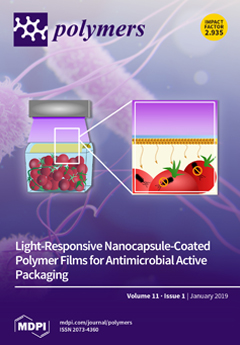In this study, the actual anti-biofouling (AF) efficacy of three protective coatings, including a chlorinated rubber-based coating (C
0) and two polydimethylsiloxane (PDMS)-based coatings (P
0 and P
F), were estimated via the static field exposure assays. The surface properties of
[...] Read more.
In this study, the actual anti-biofouling (AF) efficacy of three protective coatings, including a chlorinated rubber-based coating (C
0) and two polydimethylsiloxane (PDMS)-based coatings (P
0 and P
F), were estimated via the static field exposure assays. The surface properties of these protective coatings, including surface wettability and morphology features, were characterized using the static water contact angle (WCA) and scanning electron microscope (SEM). The colonization and succession dynamics of the early-adherent biofilm-forming eukaryotic microbial communities occupied on these protective coatings were explored using the Single-stranded Conformation Polymorphism (SSCP) technique. The field data clearly revealed that coating P
0 and P
F performed better in the long-term static submergence, as compared with the C
0 surface, while coating P
F showed excellent AF efficacy in the field. Fingerprinting analysis suggested that the diversity, abundance, the clustering patterns, and colonization dynamics of the early-colonized eukaryotic microbes were significantly perturbed by these protective coatings, particularly by the P
F surfaces. These differential AF efficacy and perturbation effects would be largely ascribed to the differences in the wettability and surface nanostructures between the C
0, P
0 and P
F surfaces, as evidenced by WCA and SEM analysis.
Full article


